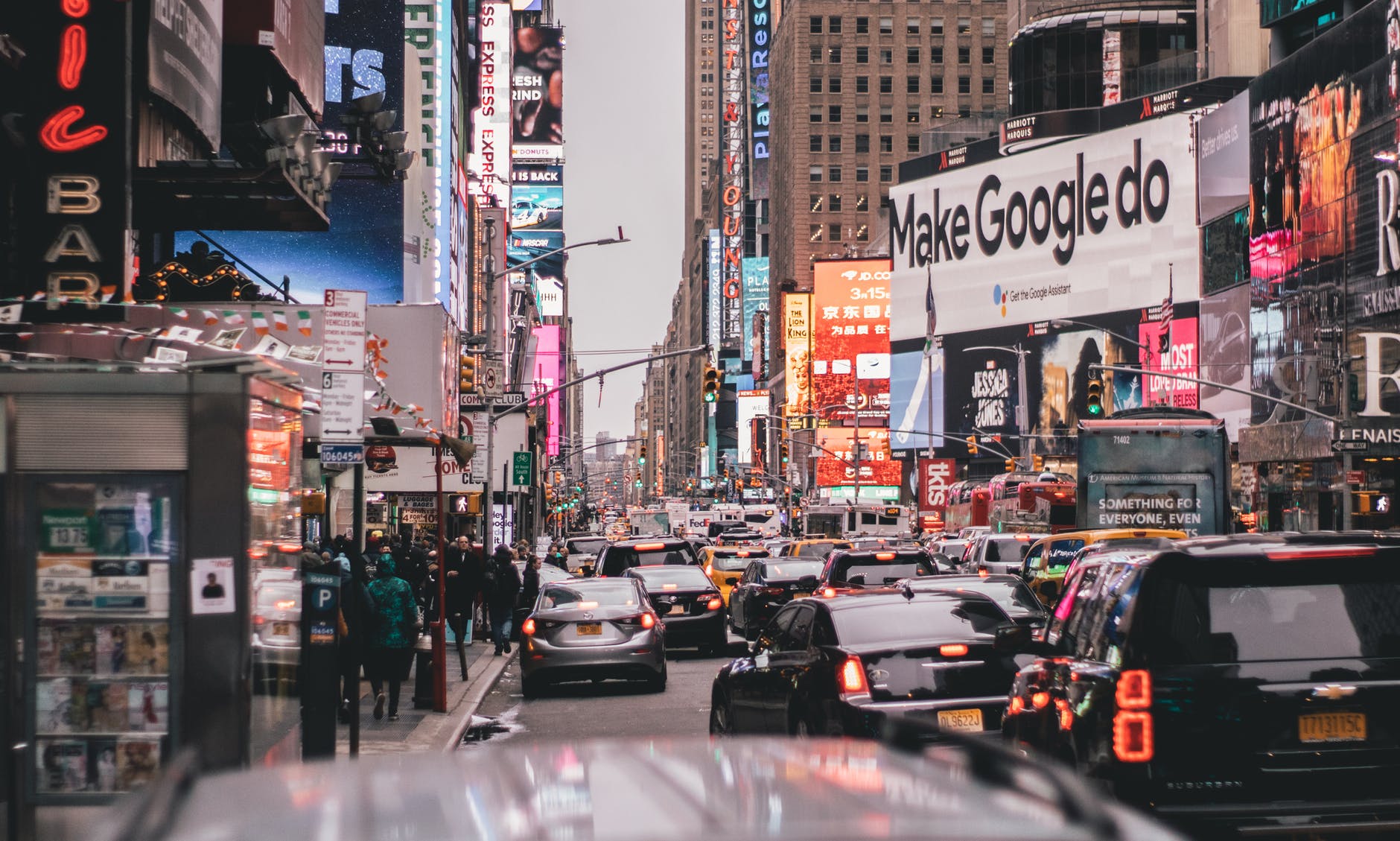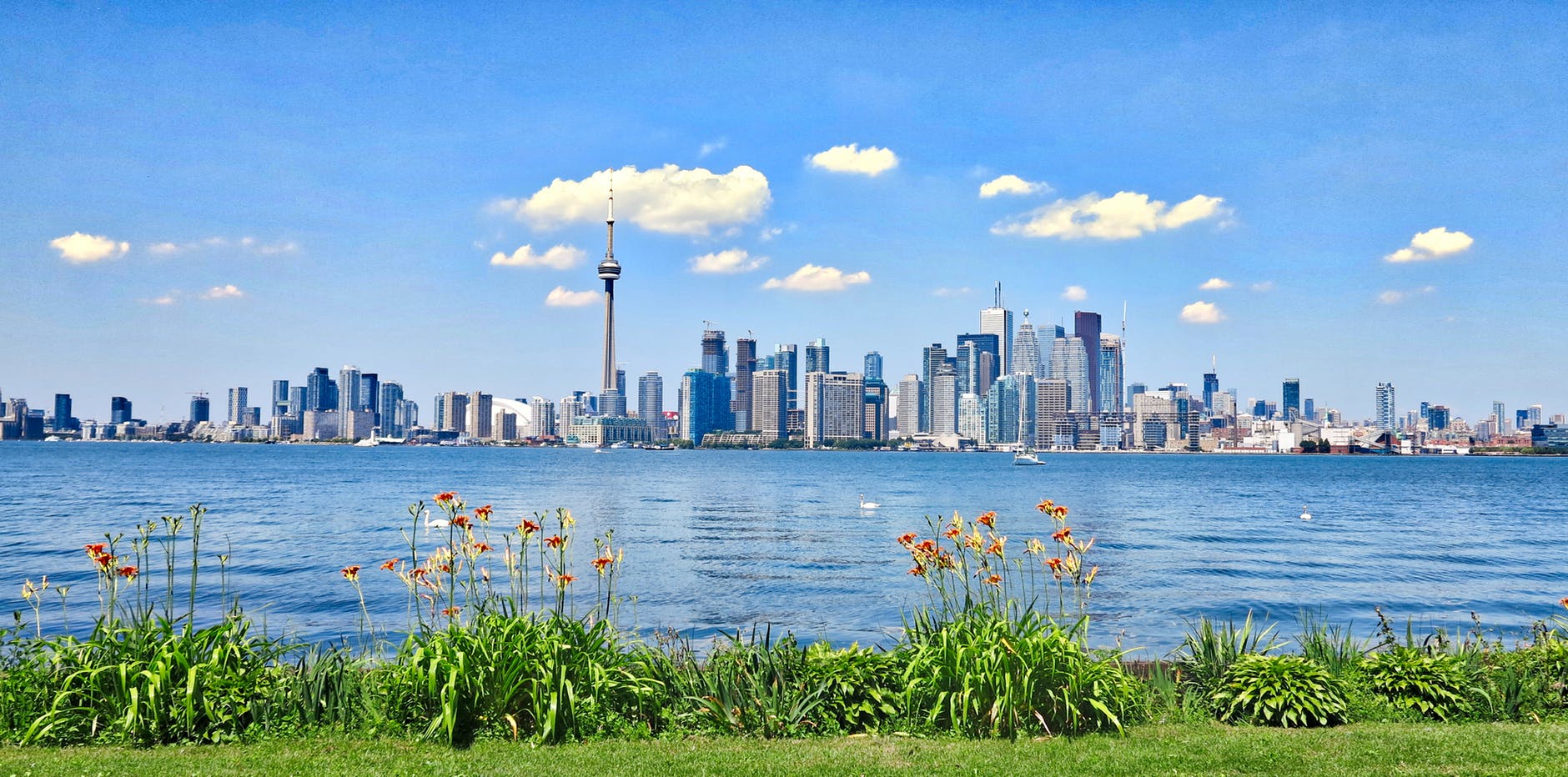What The Shed at Hudson Yards Means for Public Space in NYC
The nonprofit art center the Shed will open in Spring 2019 at the High Line next to 15 Hudson Yards, at the edge of the Public Square and Gardens. While it has come under some fire for its price tag, lack of clear programming, and even its original name (the Culture Shed), what I find most interesting is the physical opening and closing of public space which the shell of the Shed makes possible. The flexible space, combined with the hiring of a chief technology officer who is known for creating real-world video games, suggests we are only just beginning to understand how we will interact with the Shed.
As a physical space, the Shed is in three parts: a building, a shell, and a plaza. The building will be eight large floors of display space total, including two levels of galleries, a theater that can merge into the outdoor plaza, a rehearsal space, a creative workspace for artists, and an events space at the very top. Covering over the entire building is a large, mostly transparent shell of metal and glass. Next door is a 17,000-square-foot plaza. When the shell is covering the building, the plaza is open for public use and as an outdoor performance space. However, when the shell rolls out to cover the plaza, things get interesting.
The shell of the Shed will be 120 feet high and mounted on rails so that an outdoor space is made into an indoor space with a pull of the lever. All of the necessary electrical equipment and platforms are built into the shell and so roll out with it. Of course, several features of the High Line already make use of rails, in homage to the trains below, but the wheels and rail for the Shed will be a new scale, with three large gray wheels on each side. It’s easy to see the possibilities for aerial and multi-level performances in that space.
Looking at the video on the Hudson Yards New York website for the Shed, the exterior walls of the building can also move to accommodate and meld with the plaza. On the sides of the shell, parts can open and close to create entryways and adjust flows of foot traffic.
The High Line averages 4 million visitors a year, so the exterior plaza of the Shed will be a natural place for foot traffic to pool, whether they visit inside or not. Also, the side of the shell facing the plaza can become a large projection screen, which can project shows or images to be viewed by those passing by.
Public space is sacred in New York first as part of the iconic 1961 Zoning Resolution which influenced the shape of skyscrapers with the idea that open parks and public spaces would surround them. The Shed has been criticized for its price tag of more than 500 million, and construction photos which make it look like a skeleton of the AT-AT Walkers from Star Wars don’t necessarily help. But is the plaza enough?
The American Planning Association outlines several questions for determining if a public space is any good. The questions as if it can:
- Reflect the community’s local character and personality?
- Foster social interaction and create a sense of community and neighborliness?
- Provide a sense of comfort or safety to people gathering and using the space?
- Encourage use and interaction among a diverse cross-section of the public?
We will have to see how people feel once the construction is complete, but I suspect that the use and interaction will be heavily influenced by our digital lives. Why do I think this?
The Shed has hired Kevin Slavin as the chief science and technology officer. He has a popular TedTalk on algorithms which has nearly four million views. He is also a research affiliate at the MIT Media Lab and co-founder of a gaming company that used location technology to create large, real-world games. This is worth thinking about because the public space of the Shed can really extend to cover the entire High Line area. Could interactive events begin all over New York, and end in the plaza of the Shed? Is the removal of walls both physical and digital?
The Shed is designed by Diller Scofidio + Renfro, the same firm hired for the MoMa’s unsuccessful Art Bay, in collaboration with Rockwell Group. While there is still a lot left to learn, I suspect that digital art and interaction through smartphones and technology will be a major part of the Shed’s arts programming, which is an exciting prospect.








